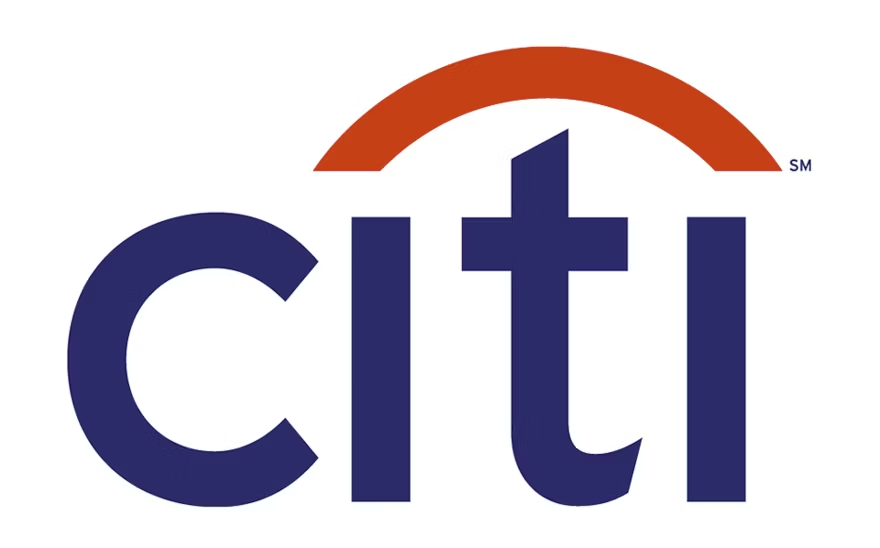Edward Jones vs Ameriprise Fees
Edward Jones vs Ameriprise Fees
When comparing financial advisors, understanding their fee structures is crucial. Both Edward Jones and Ameriprise operate with distinct fee models. This can affect your investments significantly.

Fee Structures
Edward Jones
Edward Jones charges fees through several channels. Commission-based accounts are quite common. Clients pay for each transaction, such as buying or selling stocks or bonds.
Another option is the fee-based account. These accounts use a percentage of assets under management (AUM). Generally, this percentage starts around 1.35% but can vary. Fee-based models offer more flexibility and fewer conflicts of interest compared to commission-based accounts.
There are also mutual fund fees. Edward Jones typically suggests mutual funds where they may have revenue-sharing agreements. This means you’ll be paying more than just the advisor’s fee.
Finally, there are additional fees, including account maintenance fees and fees for special services. These can add up and impact your returns.
Ameriprise
Ameriprise also offers commission-based and fee-based accounts. For commission-based accounts, the fees depend on the specific investments and transactions. This makes it harder to predict total costs.
Fee-based accounts at Ameriprise can range from 0.60% to 2% of AUM. The exact percentage depends on the size of the account and the services provided. Generally, the more you invest, the smaller the percentage fees become.
Ameriprise offers advisory wrap fee programs as well. These programs bundle several services into a single annual fee, simplifying costs.
Of course, there are mutual fund fees. Ameriprise typically recommends funds where they receive compensation from the fund providers. So, there may be extra layers of fees beyond just the advisor’s charge.
Comparing Percentage Fees
It’s important to note that percentage fees can vary widely based on account size. For instance, both firms charge higher percentages on smaller accounts. As account balances grow, the percentage charged typically decreases.
Edward Jones starts their fee-based accounts around 1.35% but this can drop for larger portfolios. Ameriprise can start as low as 0.60% but only for very large accounts. Smaller accounts could see fees up to 2%.
In practical terms, for a $100,000 account, you might pay around $1,350 annually with Edward Jones. With Ameriprise, the annual fee might range from $600 to $2,000 depending on the account type and services included.
Additional Charges
Edward Jones
Edward Jones charges account maintenance fees. These are often around $40 annually for IRAs and other retirement accounts. There may also be fees for paper statements and other account features.
Additionally, Edward Jones clients might encounter fees if they transfer out funds or close accounts early. These can range from $95 to $135.
Ameriprise
Ameriprise has similar account service fees. These can be up to $125 annually, depending on the type of account. Ongoing account management services might attract additional costs.
There are also exit fees if you decide to leave. These can be similar to Edward Jones, in the $95 to $125 range.
Hidden Costs
Neither firm is entirely transparent about all possible charges upfront. It’s vital to discuss any potential hidden costs with your advisor. Edward Jones might earn through revenue-sharing from mutual funds, which can impact your returns.
Ameriprise also has complexities in their fee structure. They can receive compensation from fund providers and third parties. Understanding these arrangements will help you get a fuller picture of potential costs involved.
Services Included
When evaluating fees, consider what you receive in return. Both firms provide personalized financial advice. They also offer retirement planning, investment management, and other advisory services.
Edward Jones emphasizes face-to-face meetings. Clients often get a highly localized service, with advisors frequently available in their community.
Ameriprise provides a broader range of financial products and services. They offer extensive digital tools and resources, alongside personal consultations.
Fee Justification
Evaluating whether the fees are justified depends on your investment goals. Consider the complexity of your financial situation. Also, consider how much personal attention and support you need.
If you value regular, in-person meetings, Edward Jones may serve you well. Conversely, if you prefer a combination of digital and personal advisory services, Ameriprise might be a better fit.
Both firms justify their fees through the range of services they provide. This includes detailed planning, investment strategies, and continuous support. The critical assessment is how these services align with your financial goals and preferences.
Comparing Costs
- Ameriprise potentially offers lower fees for large accounts.
- Edward Jones may have comparable fees for smaller accounts but can be more beneficial with personal service.
- Both firms have additional charges besides the core advisory fees.
- Consider hidden costs from revenue-sharing agreements and third-party compensations.
Closing Thoughts
Understanding the fee structures of Edward Jones and Ameriprise is essential for informed decision-making. Both have their unique strengths and potential drawbacks. It’s not simply about how much you pay but also about the value and service you receive for those fees.
Better understanding the fee details will assist in aligning your choice with your financial needs and goals. Every investor’s situation is unique, so personal due diligence is indispensable.



Subscribe for Updates
Get the latest articles delivered to your inbox.
We respect your privacy. Unsubscribe anytime.